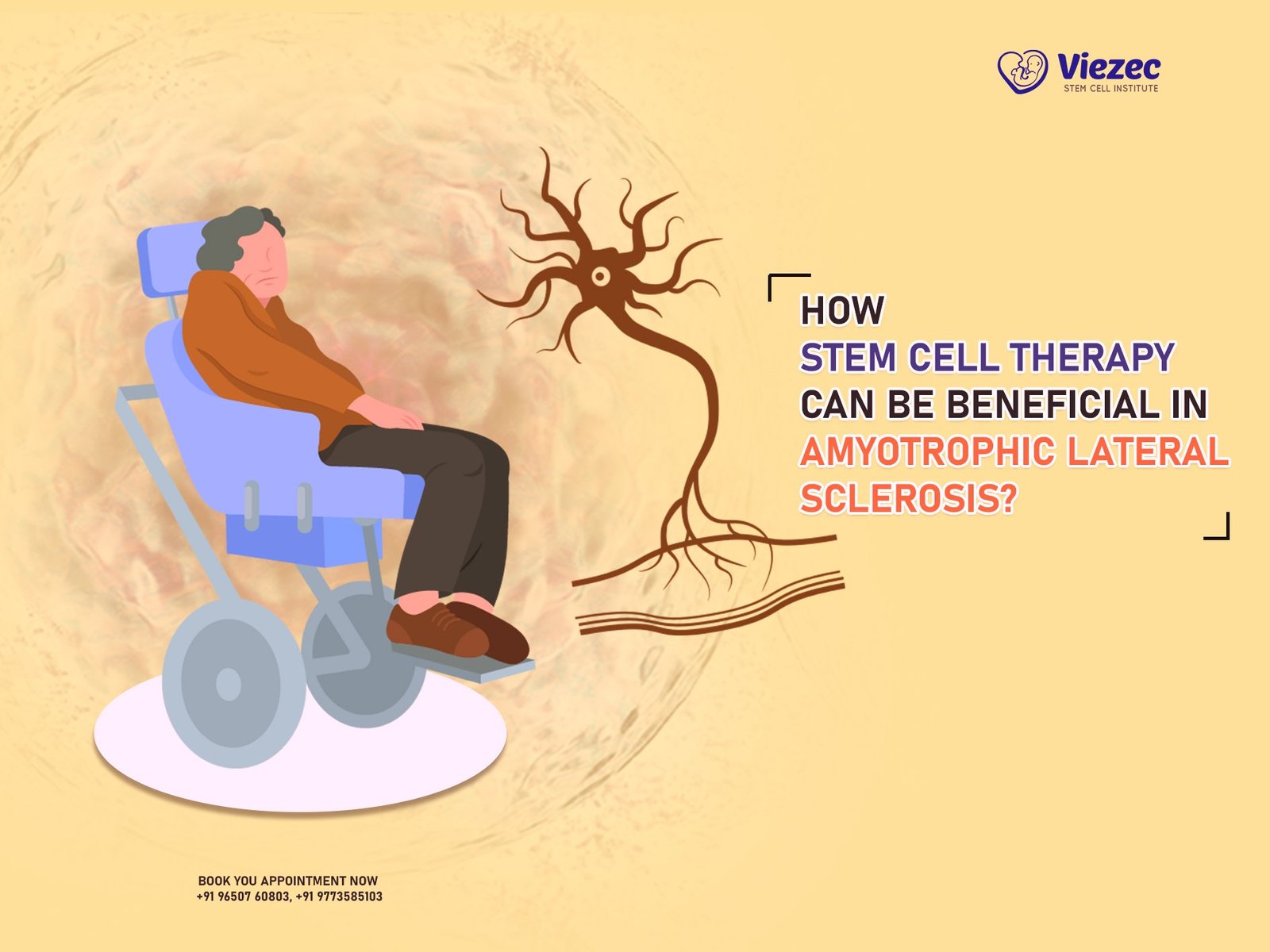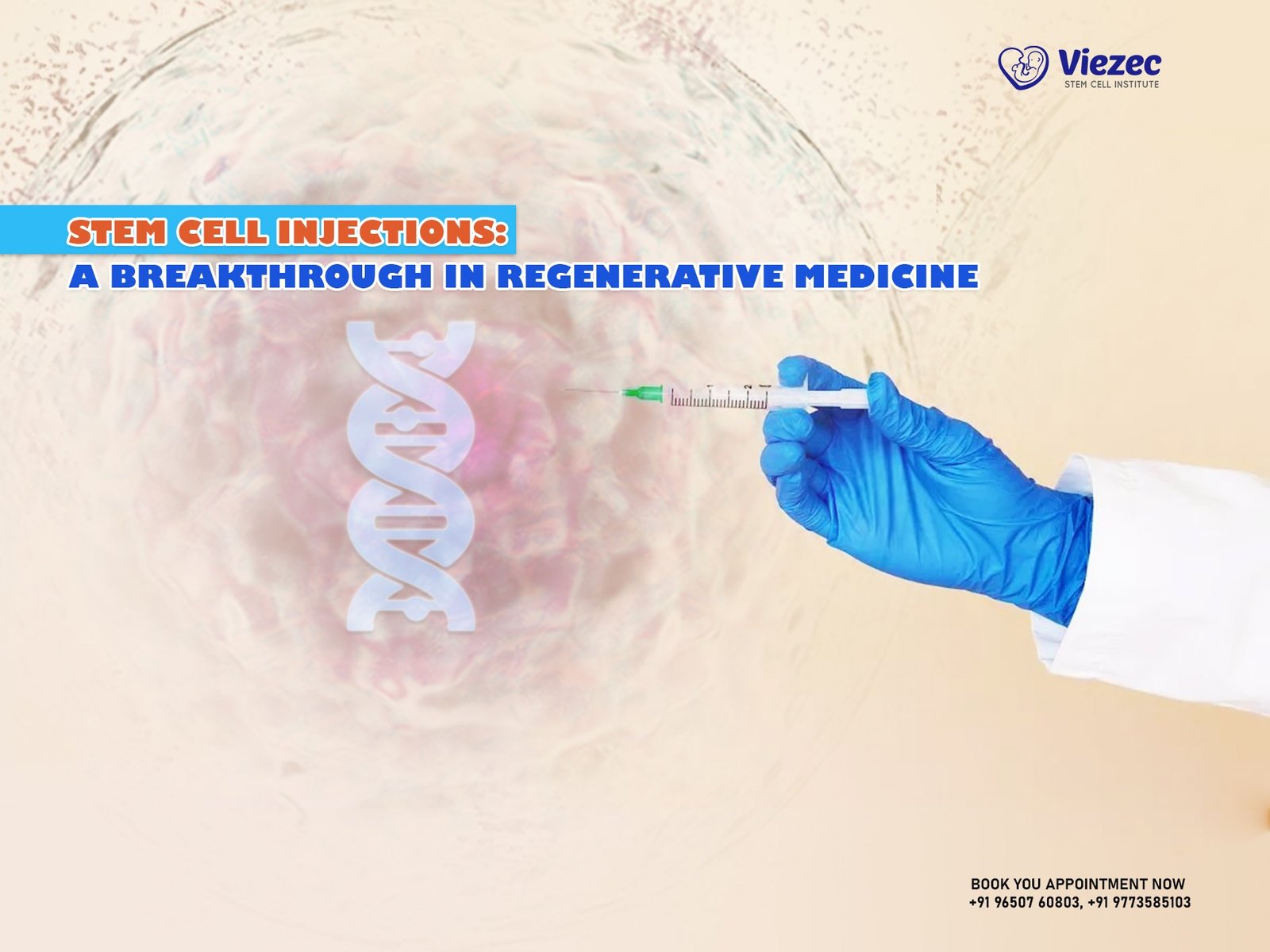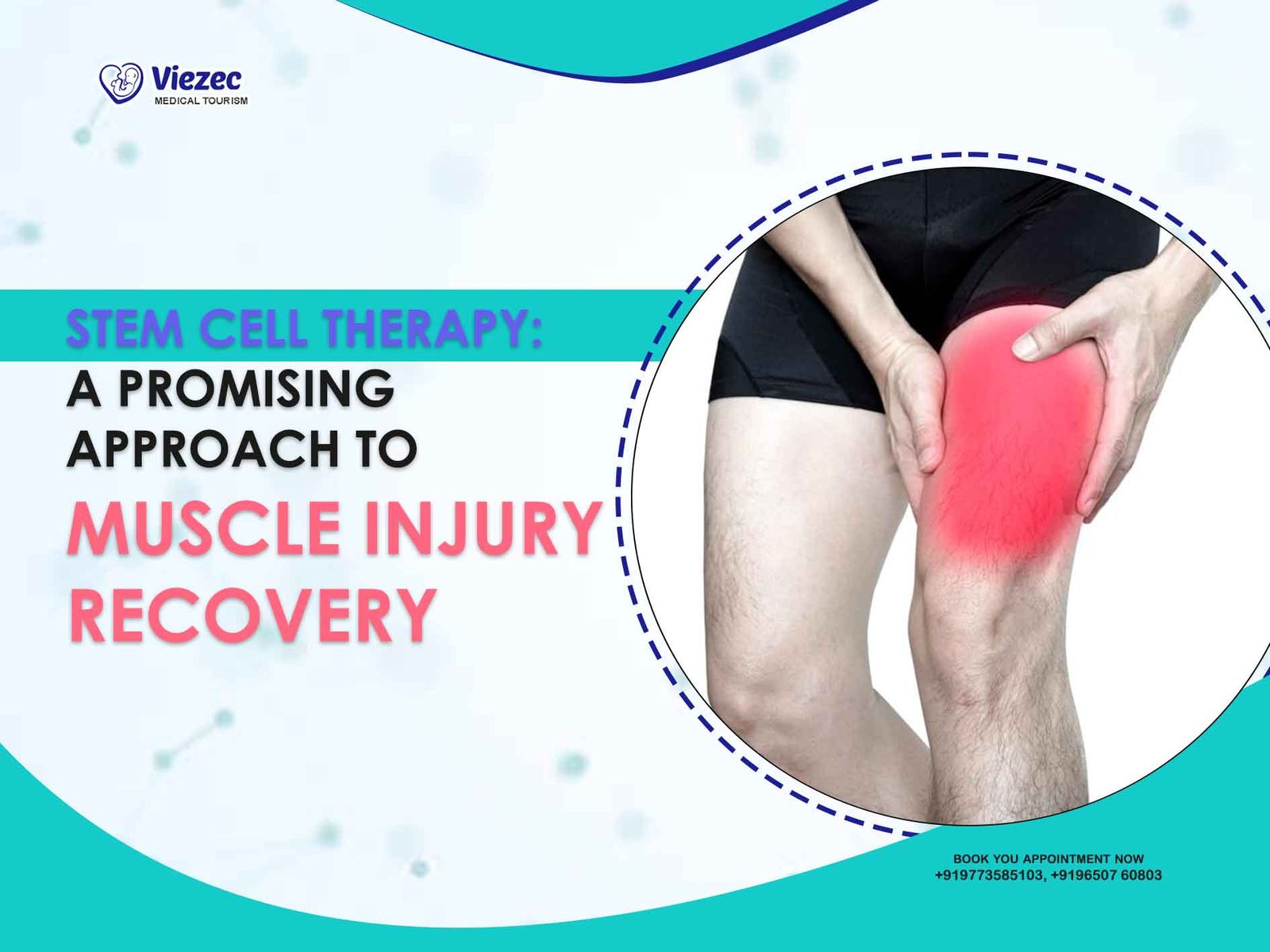Imagine facing a relentless enemy that slowly robs you of your ability to move, speak, and even breathe—a battle where the odds seem insurmountable. This is the harsh reality for those battling Amyotrophic Lateral Sclerosis (ALS), often referred to as Lou Gehrig’s disease. However, amid the darkness of this debilitating neurodegenerative disorder, a glimmer of hope shines through in the form of stem cell therapy.
In this article, we embark on a journey into the world of ALS, unraveling its complexities, and exploring the potential of stem cell therapy as a game-changer. From understanding the insidious nature of ALS to delving deep into the science behind stem cells, we’ll discover how this innovative approach offers newfound optimism to ALS patients and their families. Join us as we explore the latest research, patient stories, and the promise of a brighter future for those touched by this challenging disease.
Understanding Amyotrophic Lateral Sclerosis (ALS)
Amyotrophic Lateral Sclerosis, or ALS, is a formidable adversary that affects thousands worldwide. It’s essential to grasp the intricacies of this cruel neurodegenerative disease to truly appreciate the potential of stem cell therapy. ALS relentlessly targets motor neurons, causing muscle weakness, paralysis, and even respiratory failure. This relentless progression leaves individuals grappling with profound physical limitations and emotional challenges. Currently, available treatments only manage symptoms, offering no cure. It’s a crucial foundation for understanding how stem cell therapy offers a glimmer of hope in the face of this daunting adversary.
Challenges in ALS Treatment
Currently, ALS treatment options are limited to managing symptoms and slowing the disease’s progression. However, these approaches are palliative and do not address the root cause of the disease, leaving patients and healthcare providers frustrated.
What is Stem Cell Therapy?
Stem cell therapy is a revolutionary approach to treating various medical conditions, including ALS. Stem cells are undifferentiated cells with the remarkable ability to develop into different cell types in the body. They hold immense potential in regenerating damaged tissues and organs.
Promise of Stem Cell Therapy in ALS
Recent advancements in stem cell research have opened doors to potential breakthroughs in ALS treatment.
- Halting Progression: Stem cell therapy holds the potential to slow down the relentless progression of ALS, offering patients a chance at a better quality of life.
- Neuroprotection: Stem cells may provide a shield for motor neurons, preventing their degeneration and preserving crucial muscle function.
- Reducing Inflammation: Stem cell treatments aim to reduce the inflammation that exacerbates ALS symptoms, potentially providing relief to patients.
- Improved Motor Function: There’s hope that stem cell therapy could restore some lost motor function, enhancing mobility and independence.
- Ongoing Research: Ongoing clinical trials and research continue to uncover the full extent of stem cell therapy’s benefits in ALS.
- Inspiring Stories: Real-life patient success stories highlight the transformative potential of stem cell therapy, offering hope in the face of adversity.
Clinical Trials and Research
Ongoing clinical trials and research initiatives are shedding light on the efficacy and safety of stem cell therapy in ALS. Preliminary results indicate promising outcomes, sparking optimism within the medical community.
Types of Stem Cell Therapies for ALS
Stem cell therapies for ALS encompass various approaches, including Induced Pluripotent Stem Cells (iPSCs), Mesenchymal Stem Cells (MSCs), and Neural Stem Cells. Each type has unique properties and potential benefits in treating the disease.
Potential Benefits of Stem Cell Therapy in ALS
Stem cell therapy holds the promise of reducing motor neuron degeneration, decreasing inflammation, and providing enhanced neuroprotection to ALS patients. There are some of the potential benefits here:
- Slowing Motor Neuron Degeneration: Stem cell therapy holds the potential to slow down the progressive degeneration of motor neurons, preserving essential muscle function.
- Reduced Inflammation: It may help in reducing the inflammation in the nervous system, potentially alleviating some ALS symptoms.
- Enhanced Neuroprotection: Stem cells could offer enhanced protection to the remaining motor neurons, delaying further deterioration.
- Improved Quality of Life: Patients may experience an improved quality of life with enhanced mobility and reduced discomfort.
- Potential for Prolonged Independence: Stem cell treatments could extend the period of independence, allowing patients to enjoy a higher level of daily functioning.
- Promising Results: Ongoing research and clinical trials continue to reveal promising outcomes, fueling hope for effective ALS treatment options.
Safety and Ethical Considerations
While stem cell therapy offers hope, ensuring its safety and addressing ethical concerns is paramount. Stricter regulations and ethical guidelines are essential to protect patients and uphold the integrity of research.
Patient Experiences and Success Stories
Real-life stories of ALS patients who have undergone stem cell therapy provide firsthand accounts of the treatment’s impact on their lives. These inspiring narratives highlight the potential of stem cell therapy to bring positive changes to patients’ journeys.
Cost and Accessibility
The affordability and accessibility of stem cell therapy are critical considerations for ALS patients and their families. Exploring options and understanding the financial aspects of treatment is crucial for informed decision-making.
Consulting with Medical Professionals
Before considering stem cell therapy, it is vital for ALS patients to consult with medical professionals who specialize in the disease. These experts can provide guidance and assess the suitability of stem cell therapy for individual cases.
Limitations and Uncertainties
While stem cell therapy offers promise, it is essential to acknowledge its limitations and uncertainties. Research is ongoing, and there are no guarantees of a cure or definitive treatment at this stage.
Future Outlook
The future of ALS treatment holds the promise of continued research, potential breakthroughs, and, ultimately, hope for a cure. The dedication of scientists, healthcare providers, and patients fuels the quest for a better tomorrow.
Stem cell therapy presents a beacon of hope in the battle against Amyotrophic Lateral Sclerosis. While challenges and uncertainties remain, the potential benefits of stem cell therapy in reducing motor neuron degeneration, alleviating inflammation, and enhancing neuroprotection offer newfound optimism to ALS patients and their families. It is crucial to support ongoing research and maintain a sense of hope for the future.
FAQs
- Is stem cell therapy a cure for ALS?
- While stem cell therapy shows promise in slowing down the progression of ALS, it is not yet a definitive cure. Research is ongoing to improve its effectiveness.
- What types of stem cells are used in ALS treatment?
- Different types of stem cells, such as Induced Pluripotent Stem Cells (iPSCs), Mesenchymal Stem Cells (MSCs), and Neural Stem Cells, are being explored in ALS therapy.
- Are there any ethical concerns related to stem cell therapy for ALS?
- Yes, ethical considerations surround stem cell therapy, and regulations are in place to ensure patient safety and ethical research practices.
- How can ALS patients access stem cell therapy?
- ALS patients should consult with medical professionals who can guide them through the process and assess the suitability of stem cell therapy for their specific case.
- What is the cost of stem cell therapy for ALS?
- The cost of stem cell therapy can vary widely depending on the type of treatment and location. It’s important for patients to research and consider their financial options.









